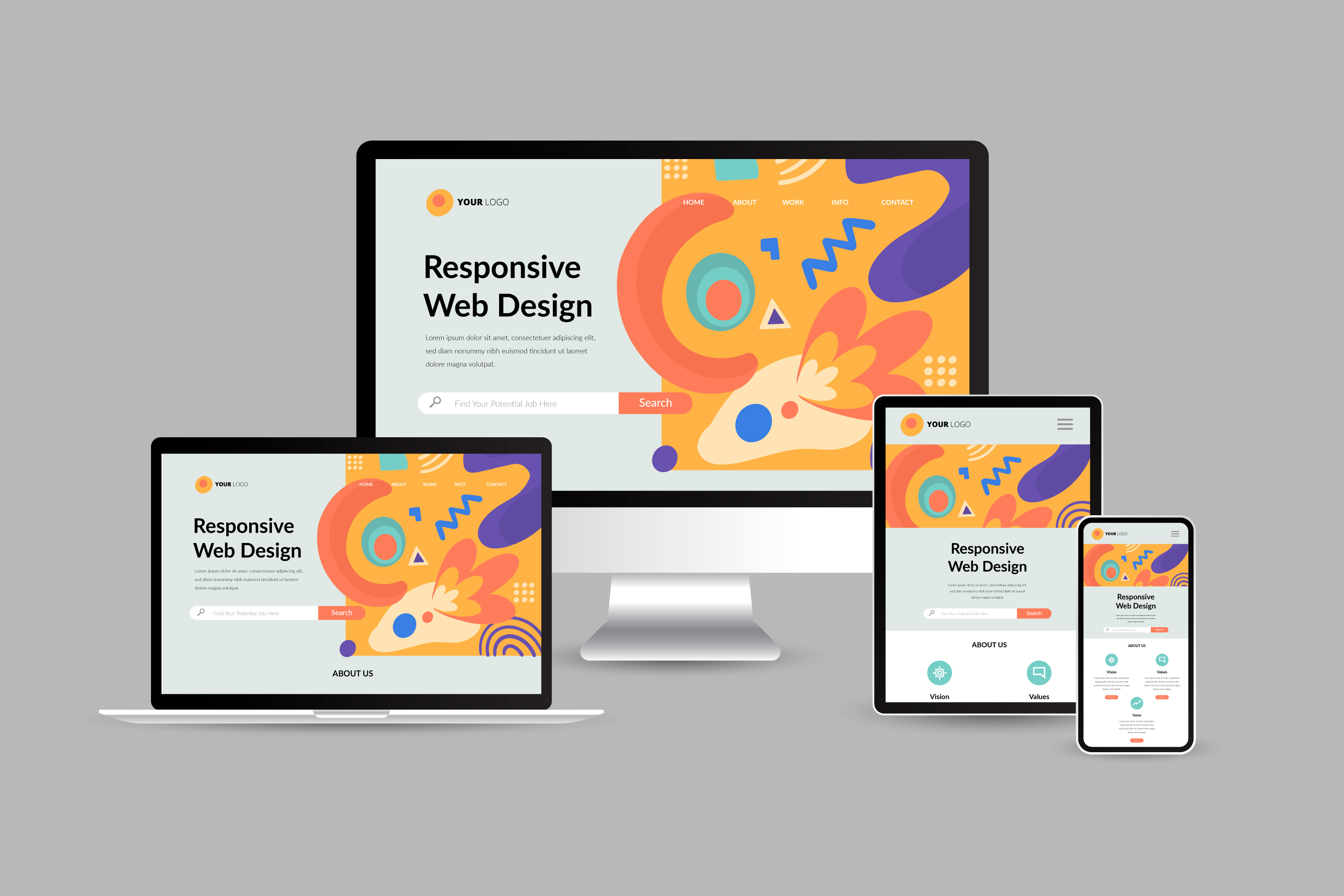Increase Involvement With Innovative Site Style Solutions
In the world of digital interaction, the value of cutting-edge web site style solutions can not be overemphasized. An attentively crafted customer experience, underpinned by strategic aesthetic layout and interactive components, can considerably enhance user engagement. By discovering numerous techniques such as receptive style and tailored web content, services can produce a platform that not only captivates users yet additionally fosters lasting commitment. Nonetheless, the difficulty exists in recognizing the subtleties of customer actions and choices. This elevates a crucial concern: what specific approaches can be carried out to guarantee that a website continues to be engaging and user-centric?
Understanding User Experience
Comprehending customer experience (UX) is essential for developing effective internet site style solutions, as it directly affects exactly how users engage with digital systems. A detailed UX strategy includes various components, including user, use, and availability fulfillment, every one of which add to the total performance of a web site.
To begin with, usability focuses on just how conveniently individuals can navigate and find the details they seek. Access ensures that all users, consisting of those with disabilities, can effectively interact with the internet site.
Moreover, recognizing user characters is vital for tailoring the experience to fulfill specific target market needs. By performing individual study and testing, developers can gather understandings that educate layout choices, making certain the website not only fulfills visual objectives yet additionally meets functional demands. Eventually, a thoughtful approach to UX layout cultivates involvement, urges retention, and boosts general user contentment, which are crucial for the success of any type of digital platform.
Visual Style Strategies
Including efficient aesthetic style approaches is crucial for capturing customer focus and enhancing the general customer experience on a site. A well-thought-out visual pecking order overviews users through the material, allowing them to conveniently take in and browse info. This can be accomplished via the strategic usage of typography, color pattern, and spacing, which collectively develop a engaging and natural layout.
Shade plays a pivotal duty in stimulating emotions and developing brand name identity. Using a balanced shade scheme that lines up with the brand's values can cultivate familiarity and trust. Furthermore, incorporating top quality pictures and graphics enhances aesthetic appeal and can substantially boost user involvement.
Whitespace, often neglected, is equally vital as it allows content to take a breath and avoids overwhelming customers with clutter. It assists in easier reading and comprehension, bring about a more pleasurable searching experience.

Interactive Components for Engagement

One key aspect of interactive design is customization. Customizing experiences based upon individual behavior and preferences can considerably enhance interaction. For instance, individualized material suggestions or dynamic user interfaces that adapt to specific selections create a sense of ownership and significance, inspiring individuals to check visit their website out additionally.
Gamification is another powerful technique. Incorporating game-like components, such as accomplishments or rewards for finishing tasks, can change mundane communications into pleasurable experiences. This approach not just boosts involvement however additionally motivates customers to return, creating a loyal target market.
Furthermore, interactive components can assist in social sharing, amplifying an internet site's reach. Functions like comment areas, share buttons, and user-generated web content areas foster community communication, turning site visitors into energetic participants (website design copyright). Ultimately, the strategic usage of interactive elements is essential for developing a interesting and engaging website that resonates with customers
Flexible and receptive Design
A properly designed internet site should focus on flexible and receptive layout to ensure ideal individual experiences throughout a selection of devices and display sizes. Receptive layout uses fluid grids and adaptable photos, enabling the format to immediately readjust based upon the audience's screen dimension. This method guarantees that individuals can easily navigate and engage with the web content, despite whether they are using a smartphone, tablet, or desktop .
In contrast, adaptive design utilizes predefined formats that are customized to certain gadget classifications. This indicates that the site identifies the kind of tool being utilized and serves the appropriate layout, which can boost filling times and enhance the screen of essential elements. While both strategies intend to improve usability, receptive style is typically favored for its fluidness and smooth transition in site link between gadgets.
Incorporating adaptive and receptive style not only boosts individual complete satisfaction but additionally favorably impacts search engine positions. Internet search engine prioritize mobile-friendly sites, hence raising exposure and drawing in more visitors. Consequently, investing in these layout techniques is important for organizations aiming to engage their audience efficiently and preserve an affordable side in today's digital landscape.
Analyzing User Responses and Data

Assessing metrics such important link as bounce rates, time on page, and click-through prices offers a quantitative viewpoint on user interaction. These metrics aid designers determine which web content reverberates and which areas may call for optimization. A/B testing can be employed to examine variants in style, allowing designers to make educated choices based on user interactions.
Integrating individual responses not just enhances website functionality however additionally cultivates a feeling of community and count on. Engaging with individuals with comments loopholes grows commitment and motivates repeat gos to. Ultimately, leveraging individual comments and information evaluation is integral to creating a dynamic, user-centered site that adjusts to developing individual requirements and preferences, thus driving higher interaction and fulfillment.
Final Thought
Finally, ingenious website style services substantially enhance user involvement by focusing on user experience, using reliable visual approaches, and integrating interactive elements. The application of responsive and adaptive design ensures access across various tools, even more fostering user interaction. Continuous evaluation of user responses and data promotes continuous enhancements, resulting in continual contentment and loyalty. Inevitably, the convergence of these style principles grows an engaging on-line atmosphere, essential for driving long lasting customer involvement and commitment.
An attentively crafted user experience, underpinned by strategic aesthetic design and interactive elements, can dramatically boost user interaction.Integrating reliable aesthetic design techniques is crucial for capturing user focus and boosting the total customer experience on a website.User responses and data analysis are necessary parts of effective site design, as they offer important insights into user behavior and choices. Ultimately, leveraging user feedback and information evaluation is indispensable to producing a vibrant, user-centered site that adapts to evolving user demands and choices, thereby driving higher engagement and fulfillment.
In final thought, cutting-edge internet site layout options substantially boost individual interaction by prioritizing customer experience, utilizing efficient visual methods, and integrating interactive elements.